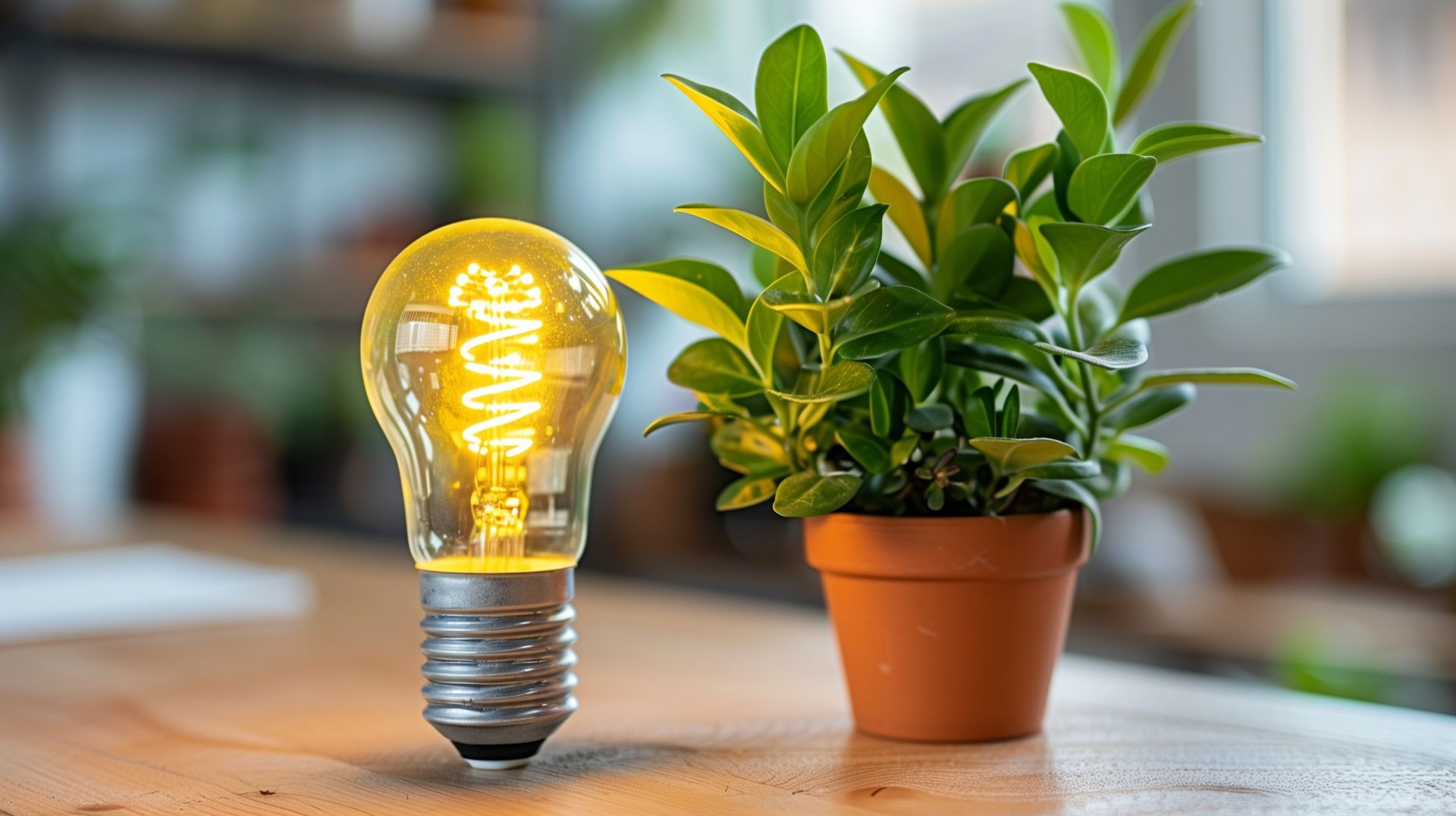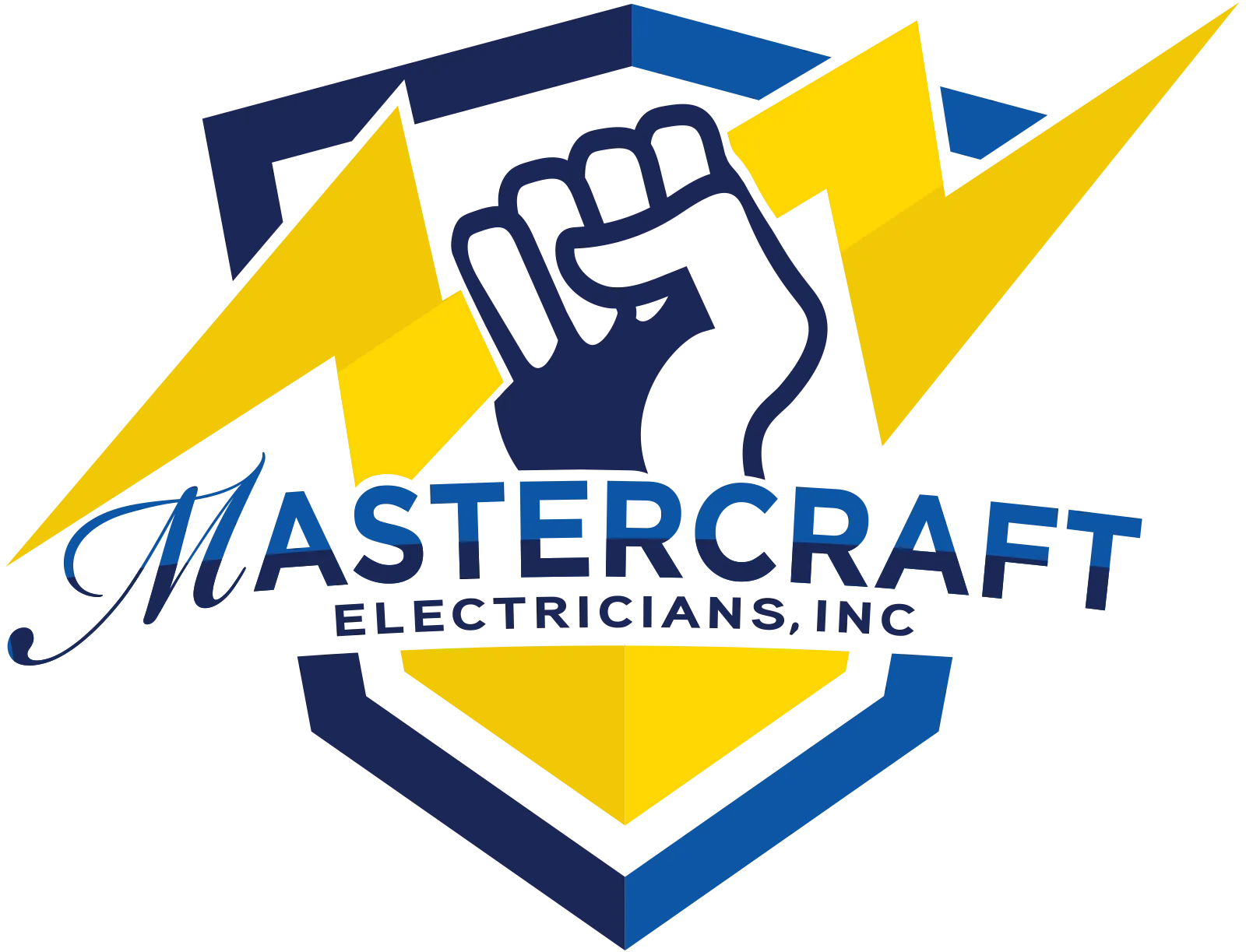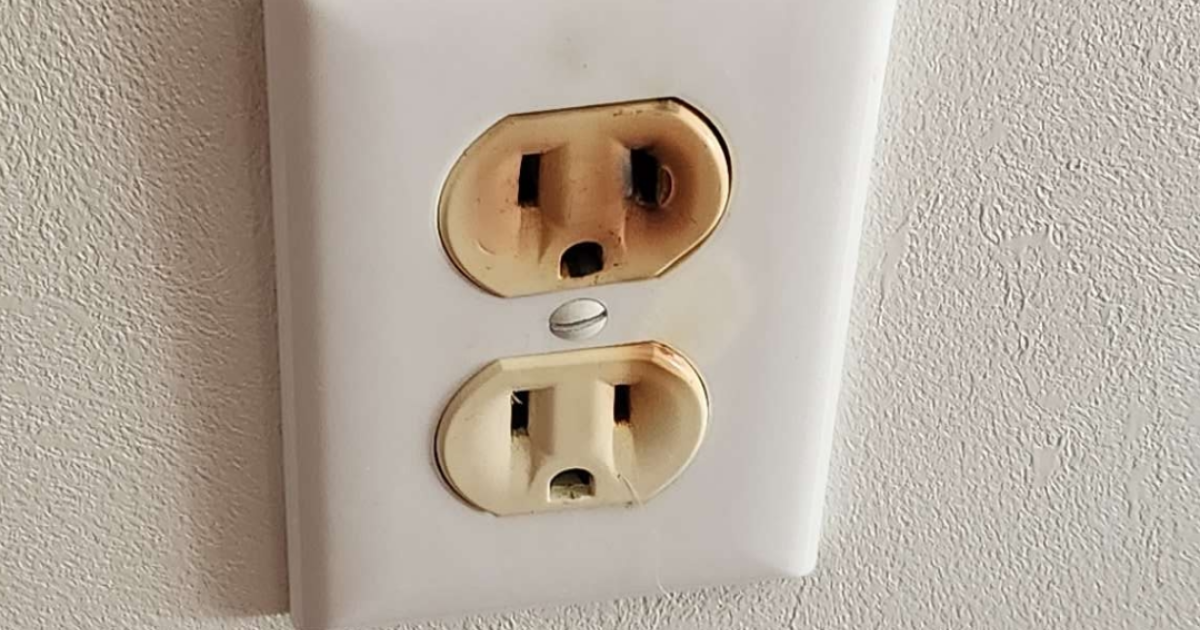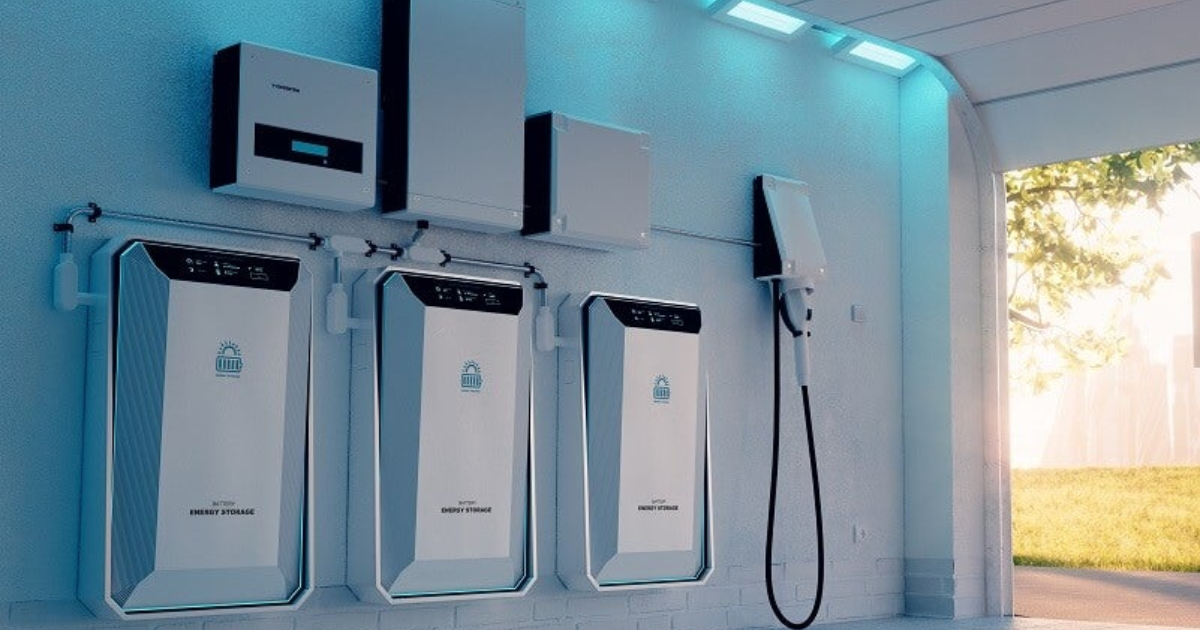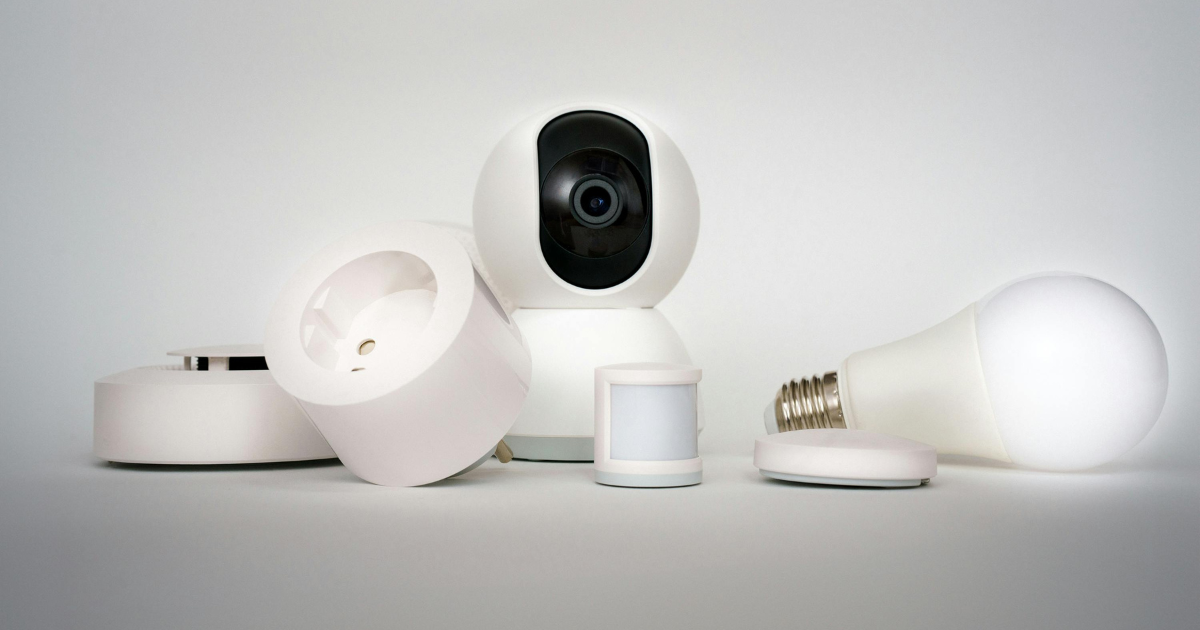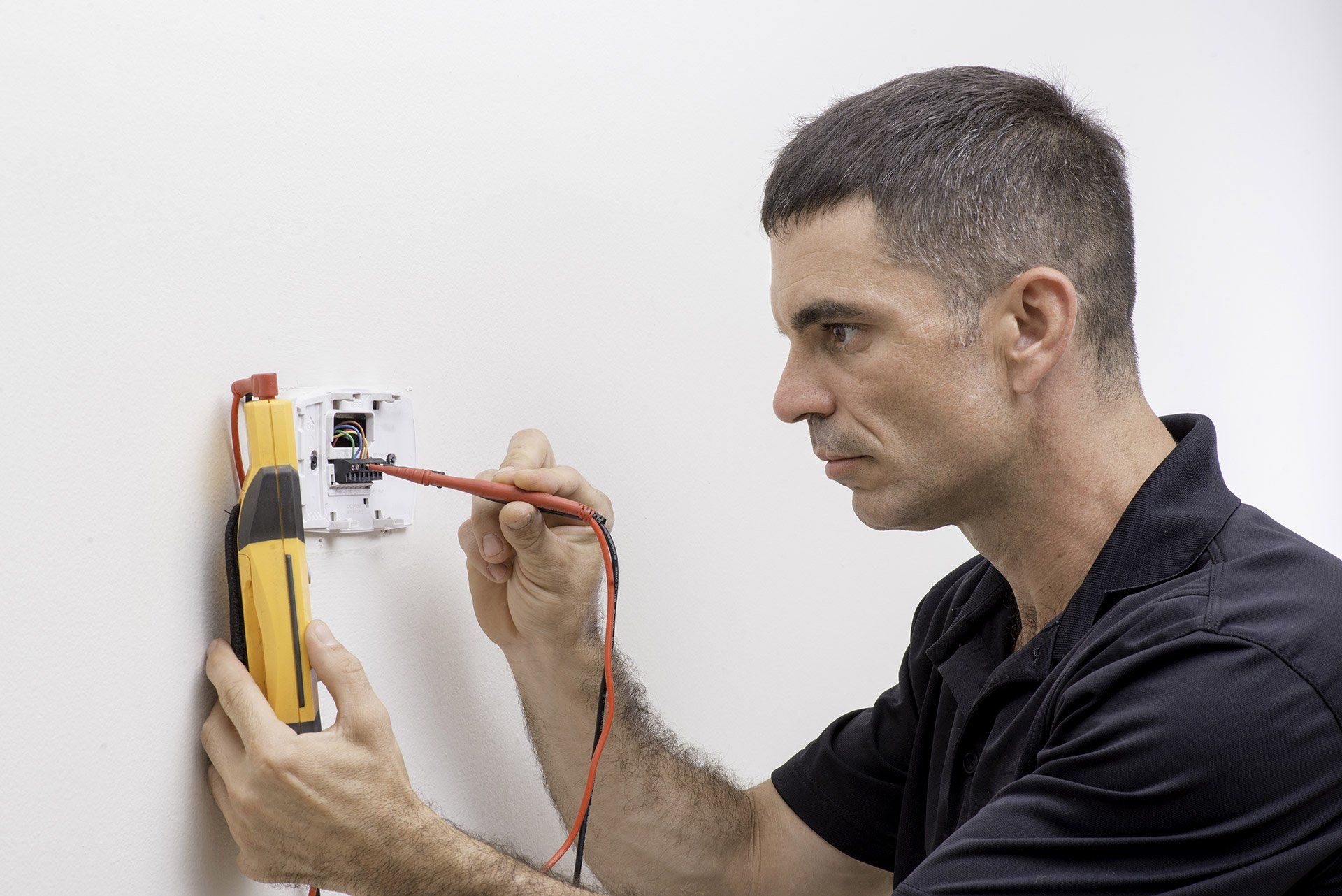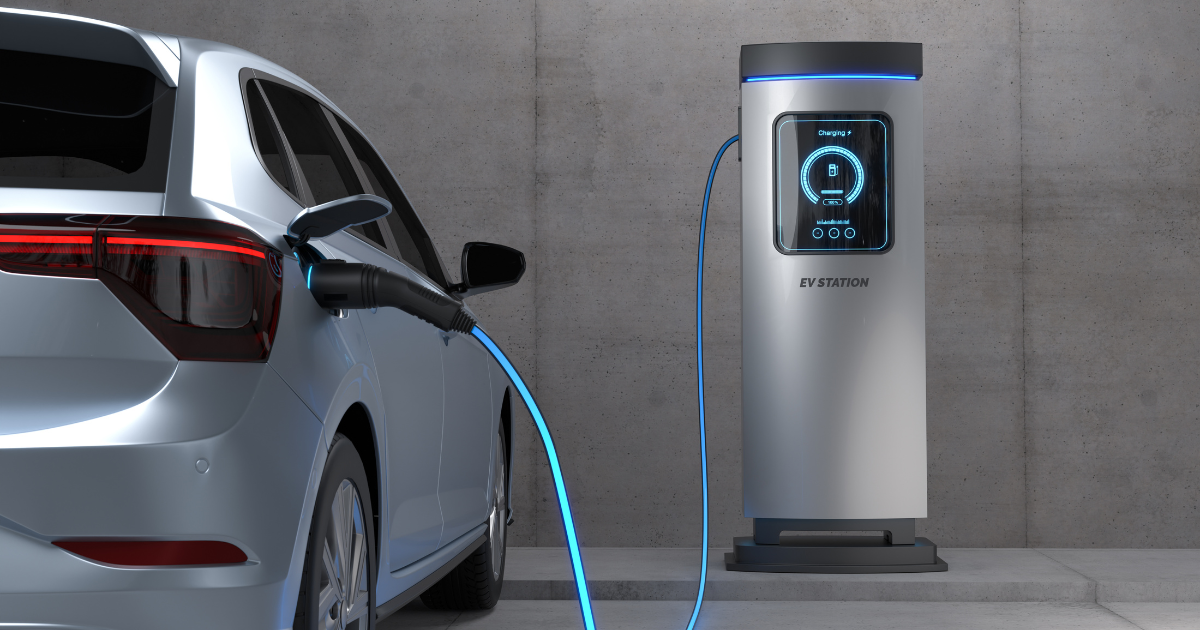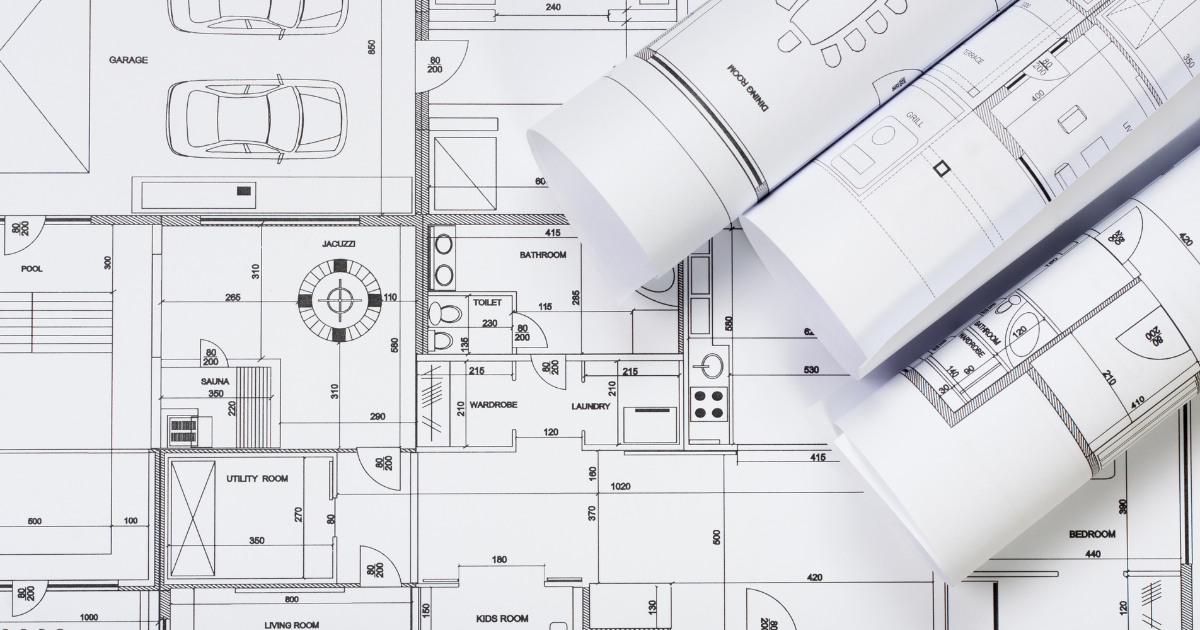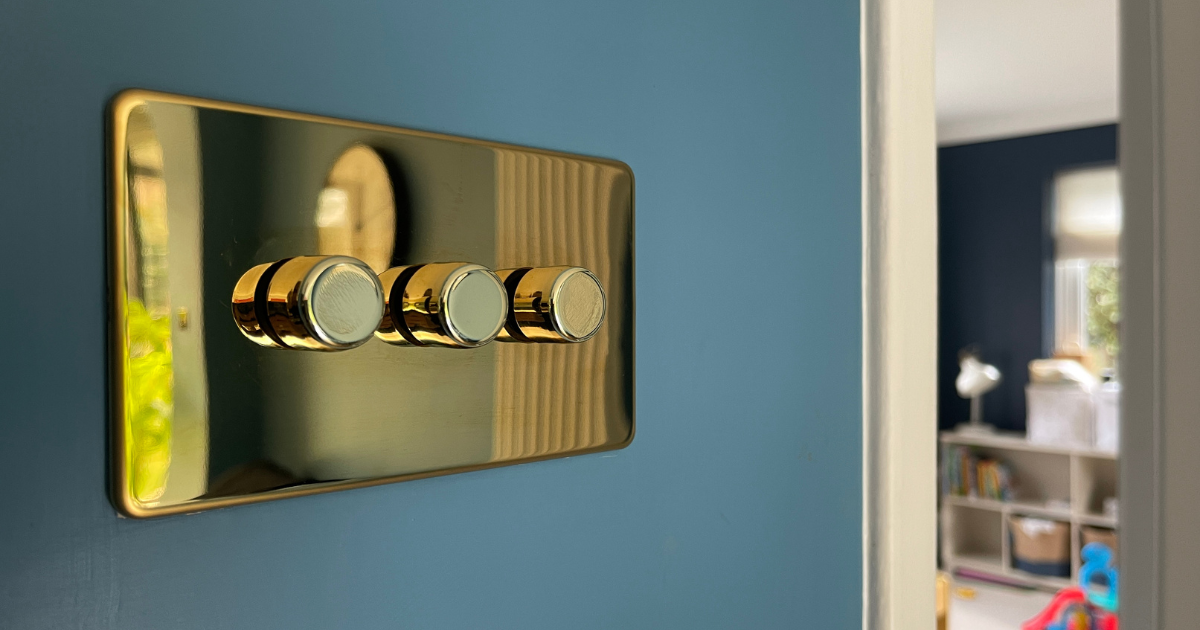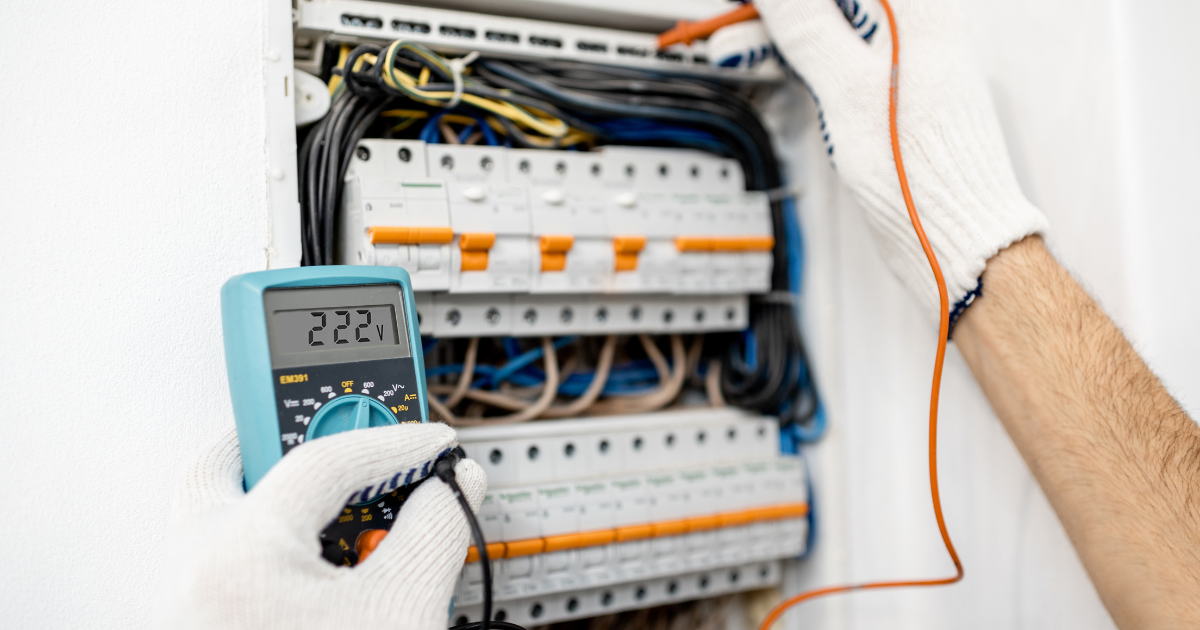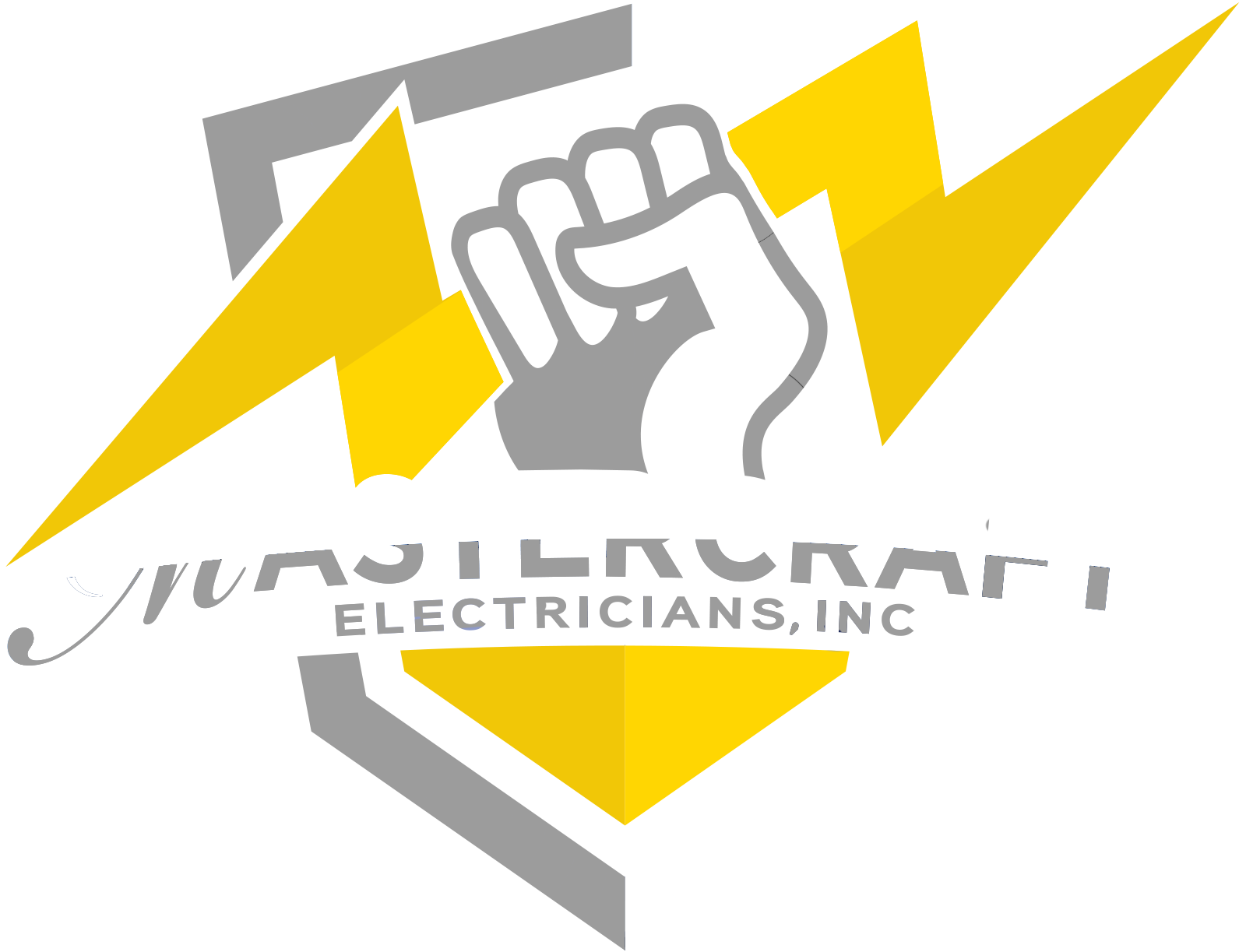The Importance of Surge Protection: What You Need to Know
In today’s tech‑driven world, a power surge can strike at any moment, from a lightning storm, utility glitch, or even the large appliances in your home. Despite this, only about 25% of U.S. homes have whole‑home surge protection installed—leaving the vast majority vulnerable to costly damage. That’s why surge protection is a necessity.
In this post, we’ll answer “what is surge protection?”, explore why it’s vital, and share expert advice on power surge protection for peace of mind.
What Is Surge Protection?
At its core, surge protection refers to devices—known as surge protectors or SPDs—that defend your electronics by detecting excessive voltage and redirecting it into the ground. Whenever the electricity flowing through your circuit rises above a safe level (typically above 120 V in the U.S.), the protector diverts the surge to prevent overheating and damage.
But not all surge protectors are built alike. Devices vary by:
- Joule rating: How much energy they can absorb—higher is better (look for ≥600 J for home use)
- Clamping voltage: The voltage threshold at which protection kicks in; lower values offer greater safety
Why Surge Protection Matters
Power surges can damage appliances, pose safety risks, and cost you thousands. Here’s why surge protection is a smart investment for every home:
Protect Your Valuables
A single voltage spike can fry a TV, computer, or microwave. Smaller internal surges (e.g., from AC units or power tools) account for roughly 80% of all power surges.
Avoid Major Repairs
Repeated minor surges shorten your devices' lifespan, while a big surge can cause immediate failure. Repair costs can easily reach thousands—far outweighing the one-time investment in a quality surge protector.
Reduce Fire Risk
Power surges can overheat wiring inside your walls, creating a fire hazard. Surge protection reduces that risk—keeping your home safer and potentially lowering insurance premiums.
Maintain Data Integrity
Ever lost files due to a sudden surge? It happens—and data loss costs both time and money. Comprehensive surge protection helps safeguard against unexpected voltage spikes.
Types of Surge Protection
Not all surge protection is created equal. Depending on your needs, there are several types of systems designed to safeguard different parts of your home and electronics. Here’s a breakdown of the most common options:
1. Whole‑House Surge Protectors
Installed at the main service panel, these protect your entire home—including large appliances—and intercept dangerous surges at the source.
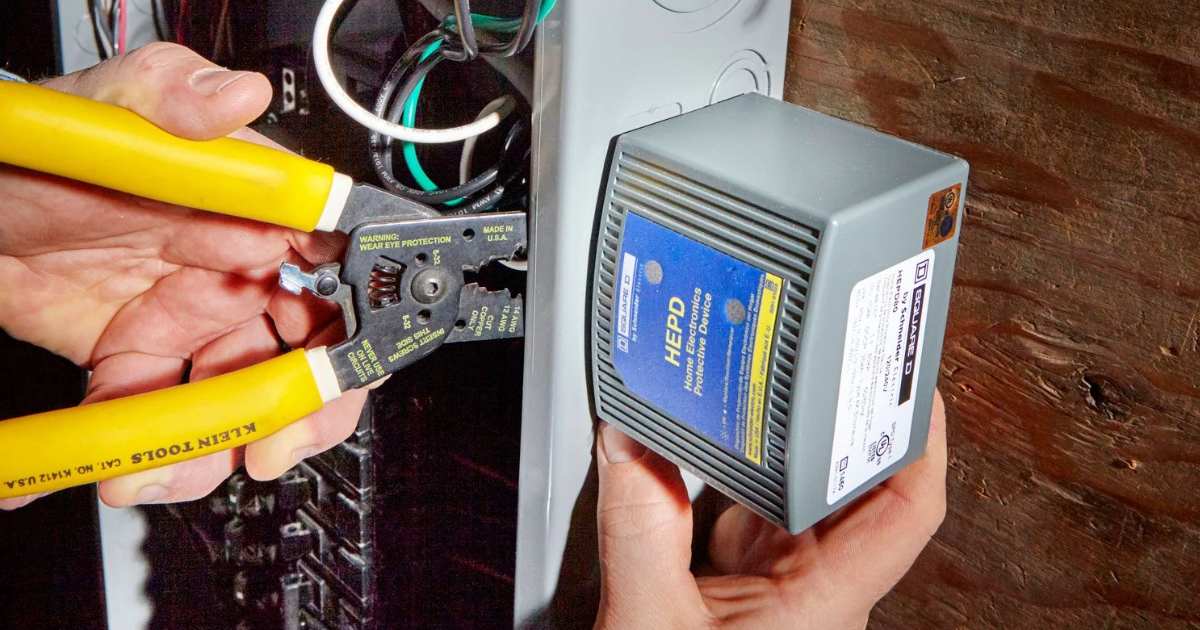
2. Point‑of‑Use Surge Protectors
A must for TVs, computers, and home theaters. Look for models with multiple MOVs and built-in indicators to confirm active protection.
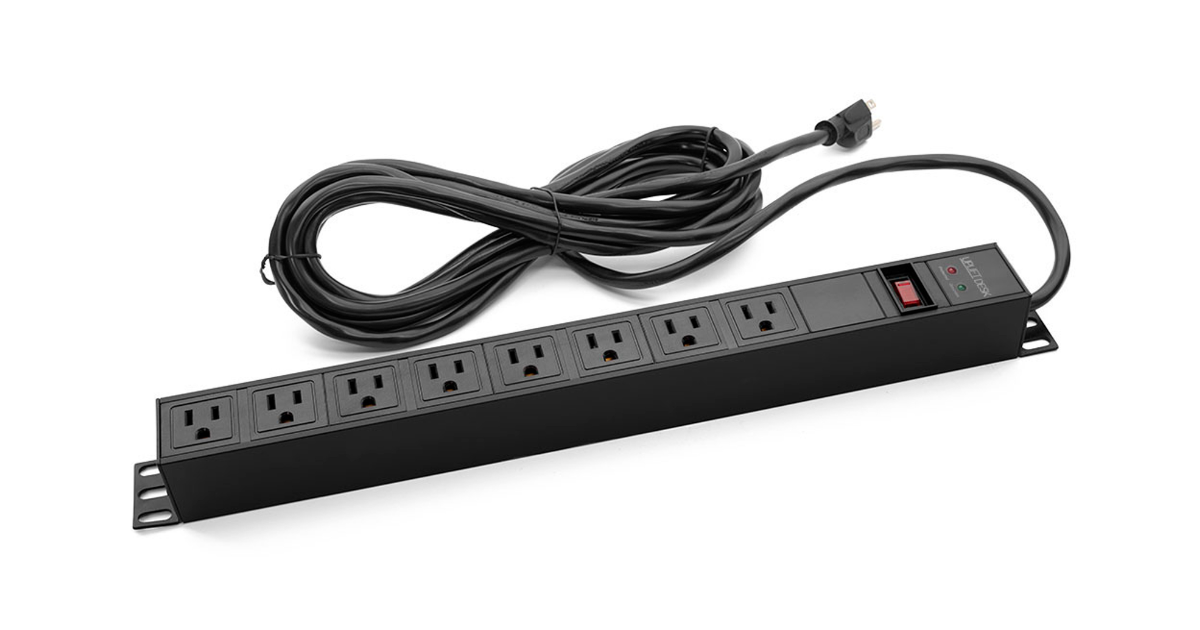
3. UPS (Uninterruptible Power Supply)
Ideal for PCs and critical devices. UPS units combine battery backup with surge protection—offering defense against both outages and voltage spikes.
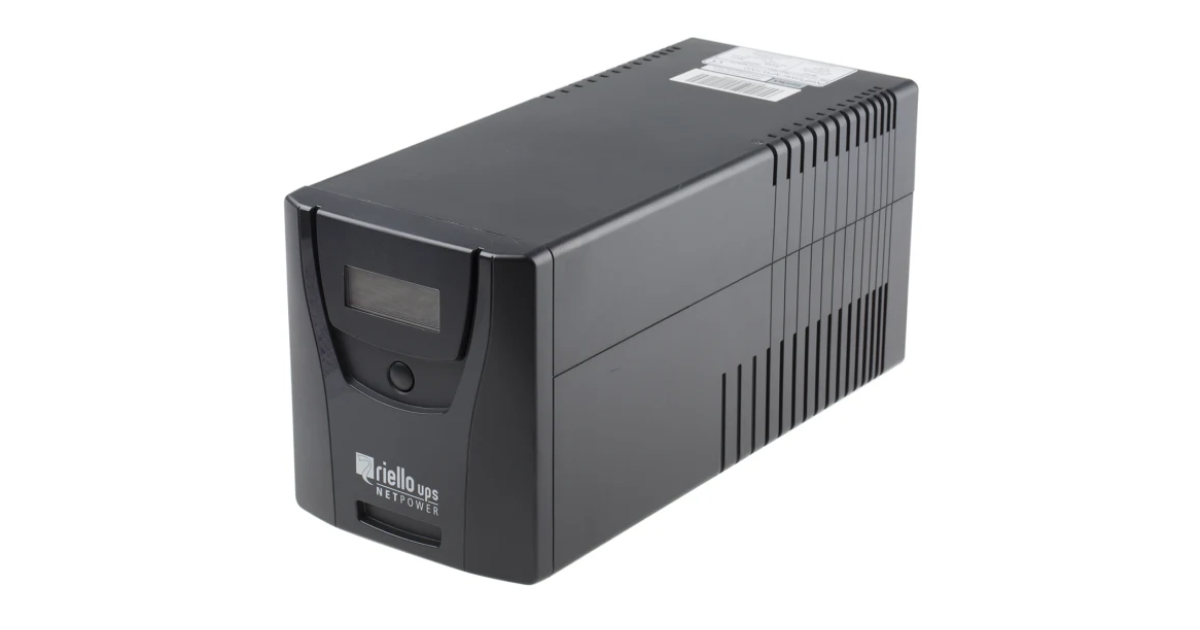
How to Choose the Right Protection
With so many surge protection options available, it’s important to know what to look for. These key factors will help you choose the right system to effectively safeguard your home and electronics:
- Check the Joule Rating – At least 600 J for home setups; opt higher for expensive systems.
- Look for UL 1449 Certification – This ensures compliance with safety standards.
- Consider Clamping Voltage – Aim for 330 V or lower.
- Get the Right Form Factor – Whole‑house units at your panel, point‑of‑use strips for key electronics, and UPS where needed.
- Maintain and Replace – MOVs degrade over time—you’ll know when they’re spent if the indicator light turns off.
Installation & Maintenance
Whole-house surge protection units should always be installed by a licensed electrician, and the process typically takes just a few hours. For added protection, point-of-use surge strips are simple plug-and-play devices—just be sure to choose models with built-in status lights to indicate active protection. If you’re using a UPS (Uninterruptible Power Supply), place it close to your essential electronics and be prepared for occasional battery replacements. Additionally, it’s wise to unplug sensitive equipment during storms or power outages, since the most damaging surges often occur when power is suddenly restored.
Don’t Wait For Disaster to Strike
From appliances and entertainment systems to computers and smart-home devices, power surge protection is essential. It’s inexpensive, potentially life-saving, and preserves both your investments and your peace of mind.
Ready to Protect Your Home?
At MasterCraft Electricians, we offer full-service installation of surge protection systems customized to fit your needs—whether it’s whole-home protection, power-strip upgrades, or UPS integration. We guide you through the process, from equipment selection to testing, ensuring your system is safe and up to code.
Contact us today for a free consultation and find out how power surge protection can safeguard your home and your future.
